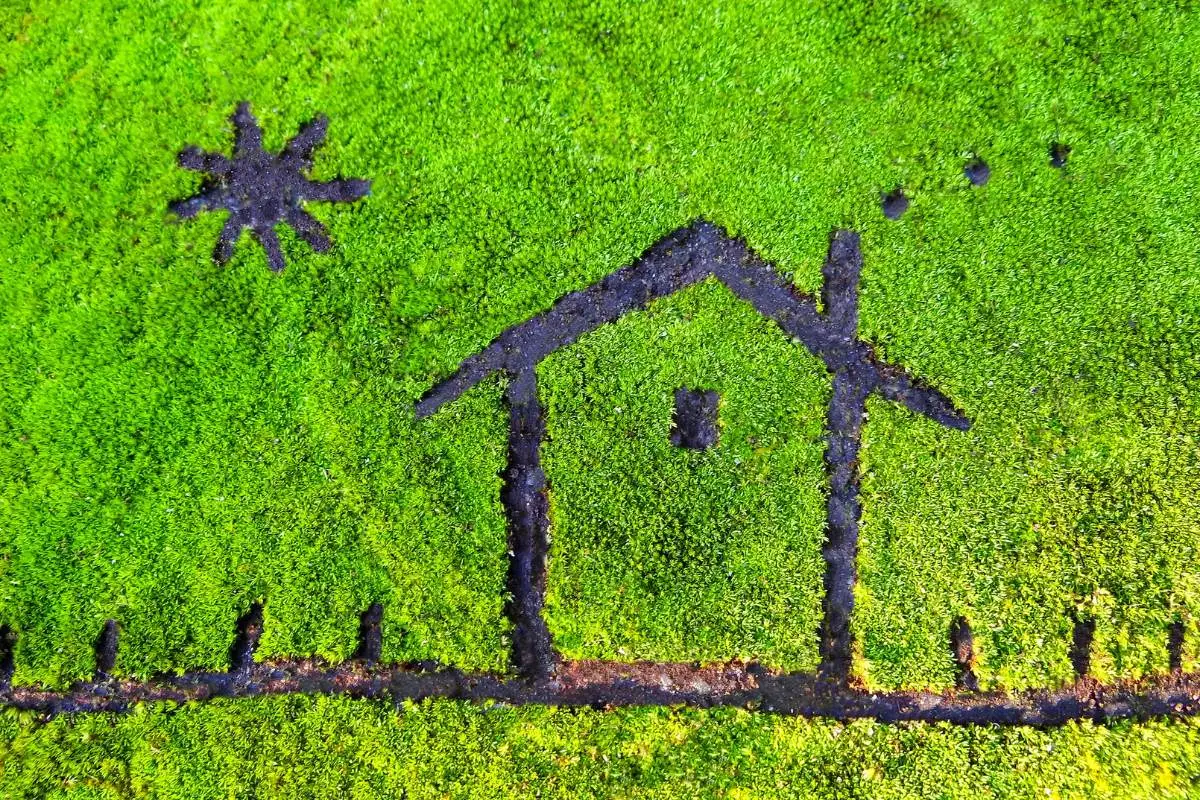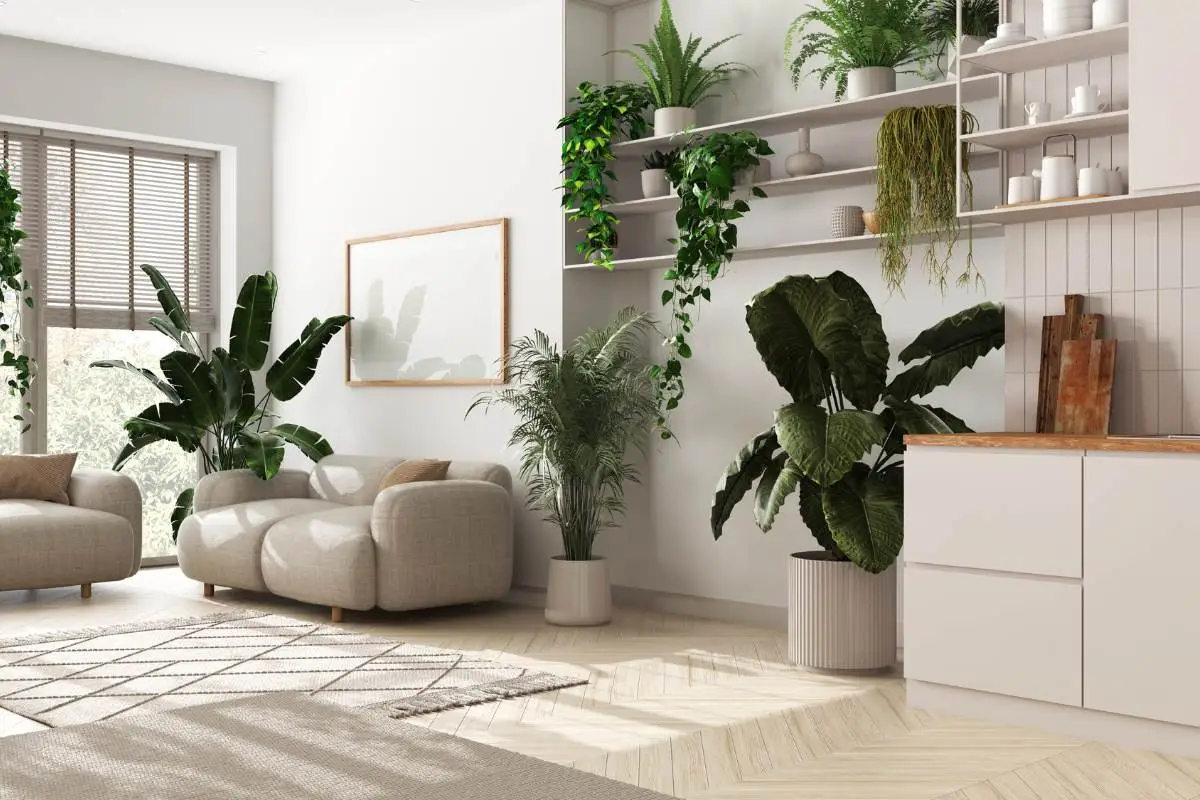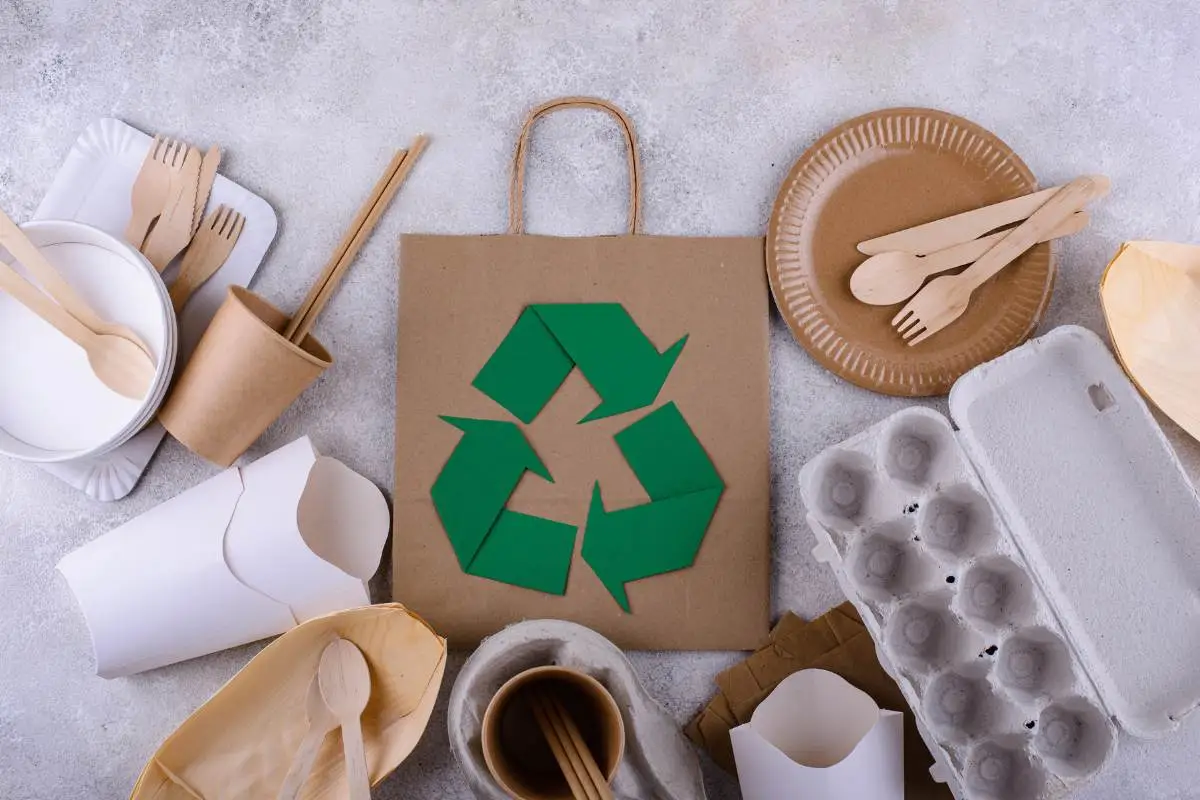Eco-Friendly Home Upgrade: Budget Tips for Sustainability
Creating an eco-conscious and sustainable home doesn’t have to break the bank. With a few budget-friendly tips, you can give your living space a sustainable makeover that not only helps the environment but also saves you money in the long run. From implementing energy-efficient upgrades to choosing eco-friendly materials, there are plenty of options available to transform your home into a green haven. Read on for some inspiring ideas and practical tips to get started on your sustainable home makeover today.
1. Understanding the Importance of Sustainable Home Makeovers
Creating a sustainable home is not just about reducing your carbon footprint but also about living a healthier and more environmentally friendly lifestyle. By making conscious choices in your home design and materials, you can contribute to preserving natural resources, reducing waste, and promoting a cleaner future for generations to come.
2. Setting a Budget for Your Eco-Conscious Upgrade
Before starting your sustainable home makeover, it’s essential to set a budget and plan accordingly. Determine how much you’re willing to invest in your eco-conscious upgrades and prioritize the most impactful changes within your budget. Remember, even small changes can make a significant difference in creating a greener home.
3. Energy Efficiency: The Key to a Sustainable Home
Improving the energy efficiency of your home is one of the most effective ways to reduce your environmental impact and save money on utility bills. Start by sealing air leaks, installing energy-efficient windows, and insulating your home to minimize heat loss. Replace old appliances with energy-efficient models and switch to LED light bulbs to further reduce energy consumption.
4. Harness the Power of Solar Energy
Solar energy is a clean and renewable source of power that can significantly reduce your reliance on fossil fuels. Consider installing solar panels on your roof to generate electricity for your home. This investment may initially require a higher upfront cost but can lead to significant savings in the long run by offsetting your energy consumption and potentially generating excess power to sell back to the grid.
5. Lighting Upgrades for an Eco-Friendly Home
Switching to LED or CFL light bulbs is a simple and cost-effective way to make your home more energy-efficient. These bulbs consume less energy, last longer, and emit less heat compared to traditional incandescent bulbs. Additionally, consider installing smart lighting systems that allow you to control and automate your lighting to further reduce energy waste.
6. Insulation: Keeping Your Home Comfortable and Sustainable
Proper insulation is essential for maintaining a comfortable indoor temperature, reducing energy waste, and minimizing heating and cooling costs. Insulate your walls, roof, and floors to prevent air leakage and heat transfer. Use eco-friendly insulation materials such as recycled denim, cellulose fiber, or natural wool to further enhance the sustainability of your home.
7. Water Conservation: Reduce, Reuse, Recycle
Conserving water is crucial for sustainable living. Install low-flow fixtures, such as faucets, showerheads, and toilets, to reduce water consumption. Collect and reuse rainwater for watering plants and gardens. Implement water-saving strategies like fixing leaks promptly and practicing mindful water usage habits, such as turning off the tap while brushing your teeth or washing dishes.
8. Eco-Friendly Flooring Options for a Greener Home
When choosing flooring materials, opt for eco-friendly options like bamboo, cork, reclaimed wood, or recycled tiles. These materials are sustainable, renewable, and have a lower environmental impact compared to traditional hardwood or synthetic flooring. Additionally, they often have natural insulating properties and can enhance indoor air quality.
9. Upcycling and Repurposing Furniture
Instead of purchasing new furniture, consider upcycling or repurposing existing pieces to reduce waste and create a unique and personalized home aesthetic. Give new life to old furniture by refinishing, reupholstering, or repainting it. Look for second-hand furniture or visit thrift stores and flea markets to find unique and sustainable pieces.
10. Sustainable Paints and Finishes for a Healthier Home
Traditional paints and finishes often contain harmful chemicals that release volatile organic compounds (VOCs) into the air, contributing to indoor air pollution. Opt for low or zero VOC paints and finishes to create a healthier indoor environment. These eco-friendly alternatives are readily available and offer a wide range of colors and finishes.
11. Eco-Conscious Kitchen Upgrades
The kitchen is one of the most energy-intensive areas of the home. Choose energy-efficient appliances, such as refrigerators, dishwashers, and stoves, to reduce energy consumption. Use eco-friendly materials for countertops, cabinets, and flooring. Implement recycling bins and composting systems to minimize waste. Consider installing a water filtration system to reduce the use of bottled water.
12. Bathroom Makeover: Sustainable Solutions for Water Conservation
Bathrooms are another area where water conservation is essential. Install low-flow showerheads, faucets, and toilets to minimize water usage. Choose water-efficient fixtures and consider installing a dual flush toilet. Use eco-friendly bathroom products, such as organic toiletries and biodegradable cleaning supplies, to reduce the environmental impact of your daily routines.
13. Sustainable Landscaping: Creating a Green Outdoor Space
Extend your sustainable practices to your outdoor space by implementing eco-friendly landscaping techniques. Use native plants that require less water and maintenance. Install a rainwater collection system for irrigation. Use organic fertilizers and natural pest control methods. Create a composting area to manage yard waste and food scraps efficiently.
14. Investing in Energy-Efficient Appliances
Replacing old appliances with energy-efficient models can significantly reduce your energy consumption and lower utility bills. Look for appliances with Energy Star certification, as they meet strict energy efficiency standards. Consider investing in energy-efficient refrigerators, washing machines, dishwashers, and HVAC systems to create a more sustainable home.
15. Eco-Friendly Cleaning Products: Keeping Your Home Healthy and Green
Standard cleaning products often contain harmful chemicals that can be harmful to your health and the environment. Switch to eco-friendly cleaning products that are biodegradable, non-toxic, and made from natural ingredients. Alternatively, you can make your cleaning solutions using simple ingredients like vinegar, baking soda, and essential oils.
16. Recycling and Waste Management: Minimizing Your Environmental Footprint
Implement a comprehensive recycling and waste management system in your home to minimize your environmental footprint. Set up recycling bins for different materials, such as paper, plastic, glass, and metal. Compost food and yard waste to reduce landfill waste. Donate or responsibly dispose of items that cannot be recycled or reused.
Conclusion
A sustainable home makeover is an investment in both your environmental impact and your long-term savings. By following these eco-conscious tips and making small changes in your home, you can contribute to a greener future and create a healthier living space for yourself and your family. Remember, every sustainable choice matters, and together we can make a significant difference.





